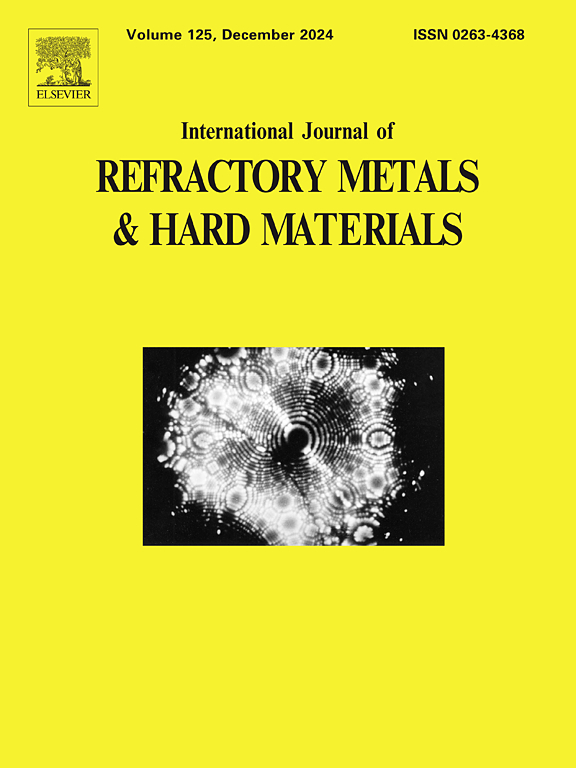Design and development of low density, high strength ZrNbAlVTi high entropy alloy for high temperature applications
Abstract
Superior high temperature strength, better thermodynamic stability and good workability are some of the desirable attributes of structural materials for next generation nuclear reactors. In this regard, the present study involves the development of a low density, equiatomic ZrNbVTiAl High Entropy Alloy (HEA) for nuclear applications. The alloy was designed using a combination of thermodynamic simulations and first principle techniques and later synthesized using levitation melting to ensure better purity and compositional homogeneity. The melted alloy possessed lower density (5.76 g/cm3) and higher hardness (5.7 GPa) in comparison to conventional structural materials like austenitic steel. Detailed characterization of the alloy showed the presence of bcc type phase along with small fractions of Al- Zr type intermetallics in as-solidified condition. The mechanical properties of the equiatomic ZrNbVTiAl alloy were studied using compression testing at room temperature and up to 1000 °C. The alloy exhibited superior specific yield strength as well as dynamic recrystallization at high temperatures resulting in the breaking of cast structure, thereby reflecting its appreciable workability. The alloy also showed a satisfactory elastic modulus (128 GPa) when measured using ultrasonic technique. The experimentally measured values of elastic moduli of alloy were compared with the values obtained through Density Functional Theory (DFT) simulations and the results matched within acceptable range. Results from the present study indicates that the equiatomic ZrNbVTiAl alloy could be a suitable candidate for light weight, high temperature and high strength structural applications.

 求助内容:
求助内容: 应助结果提醒方式:
应助结果提醒方式:


